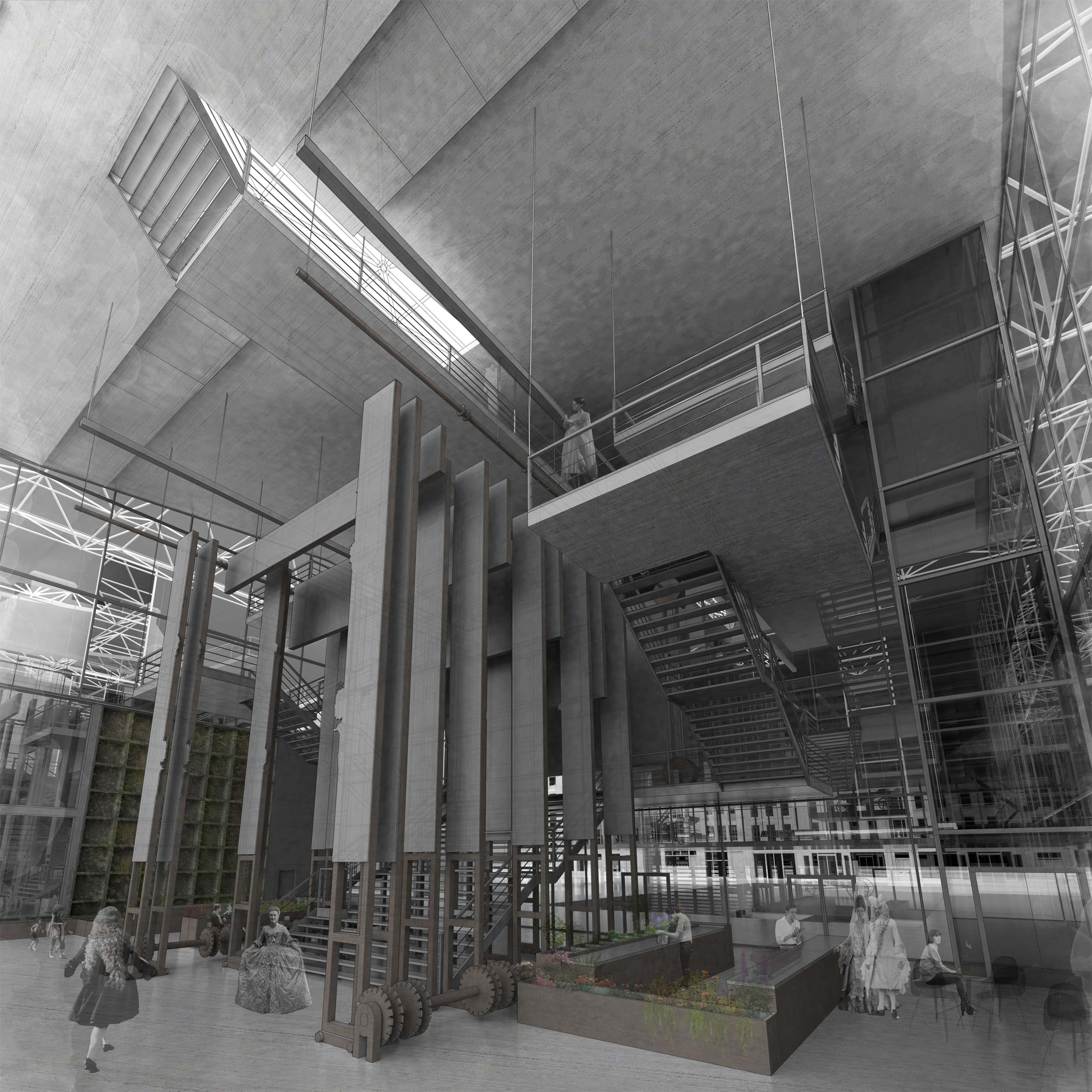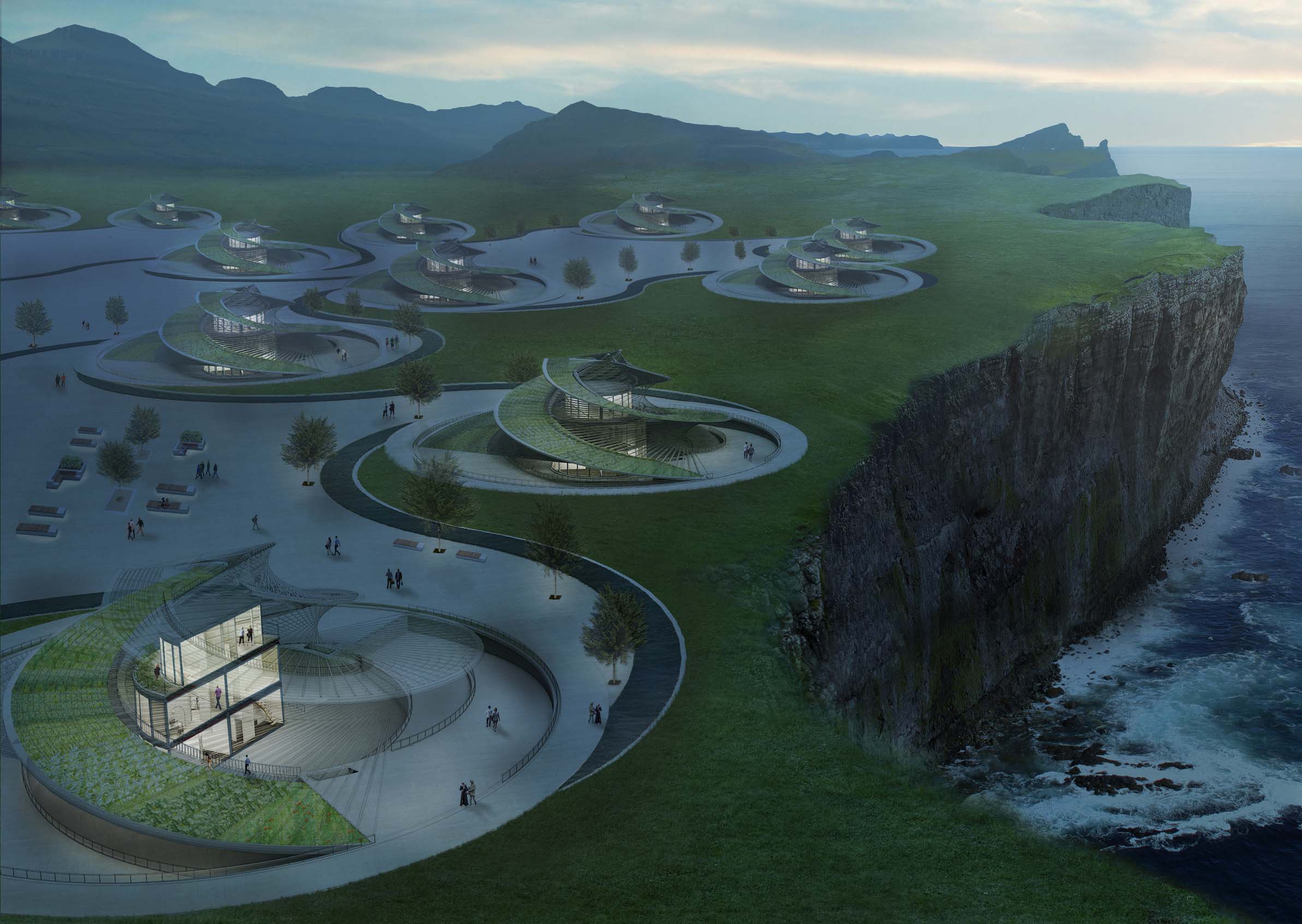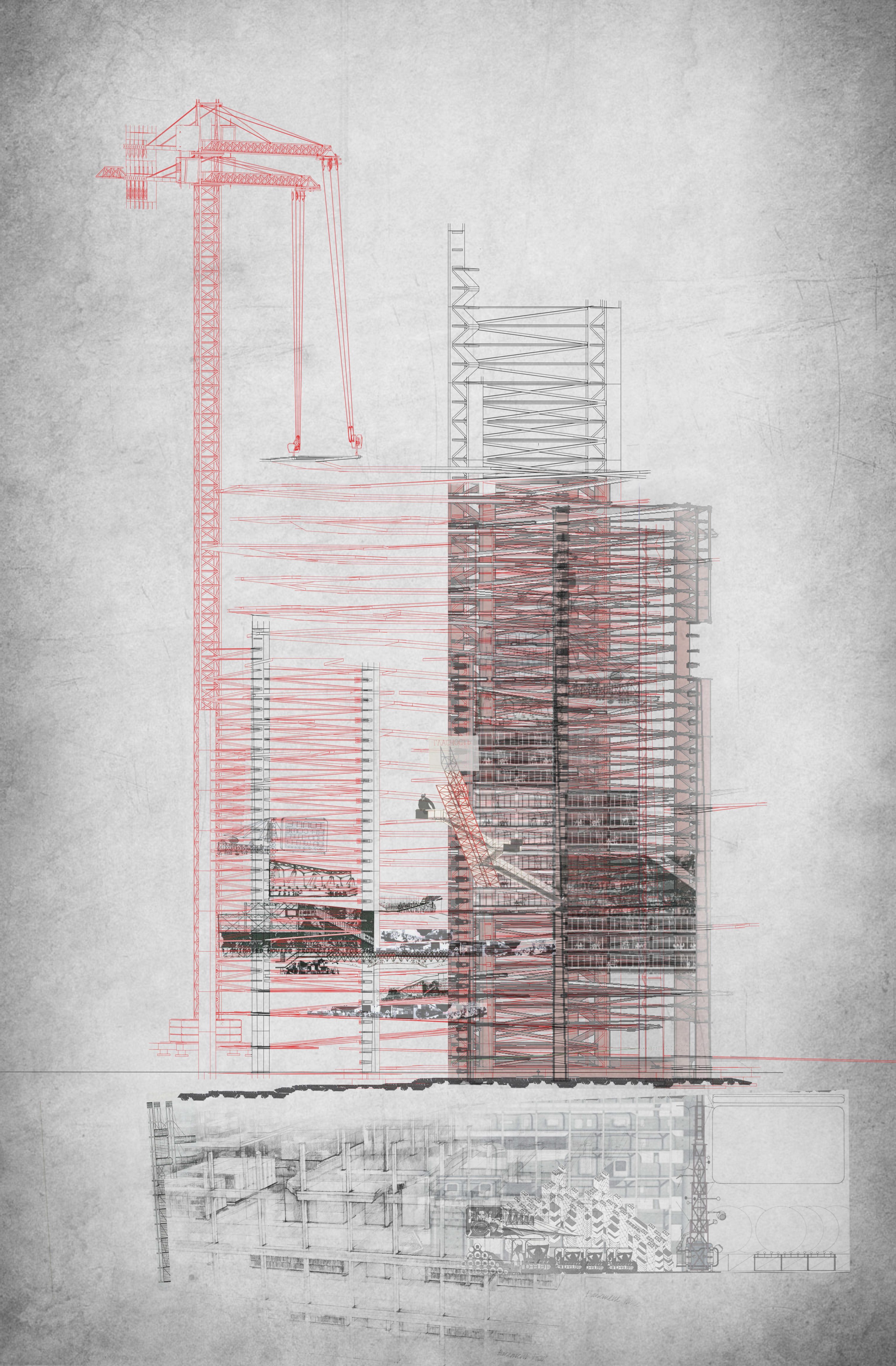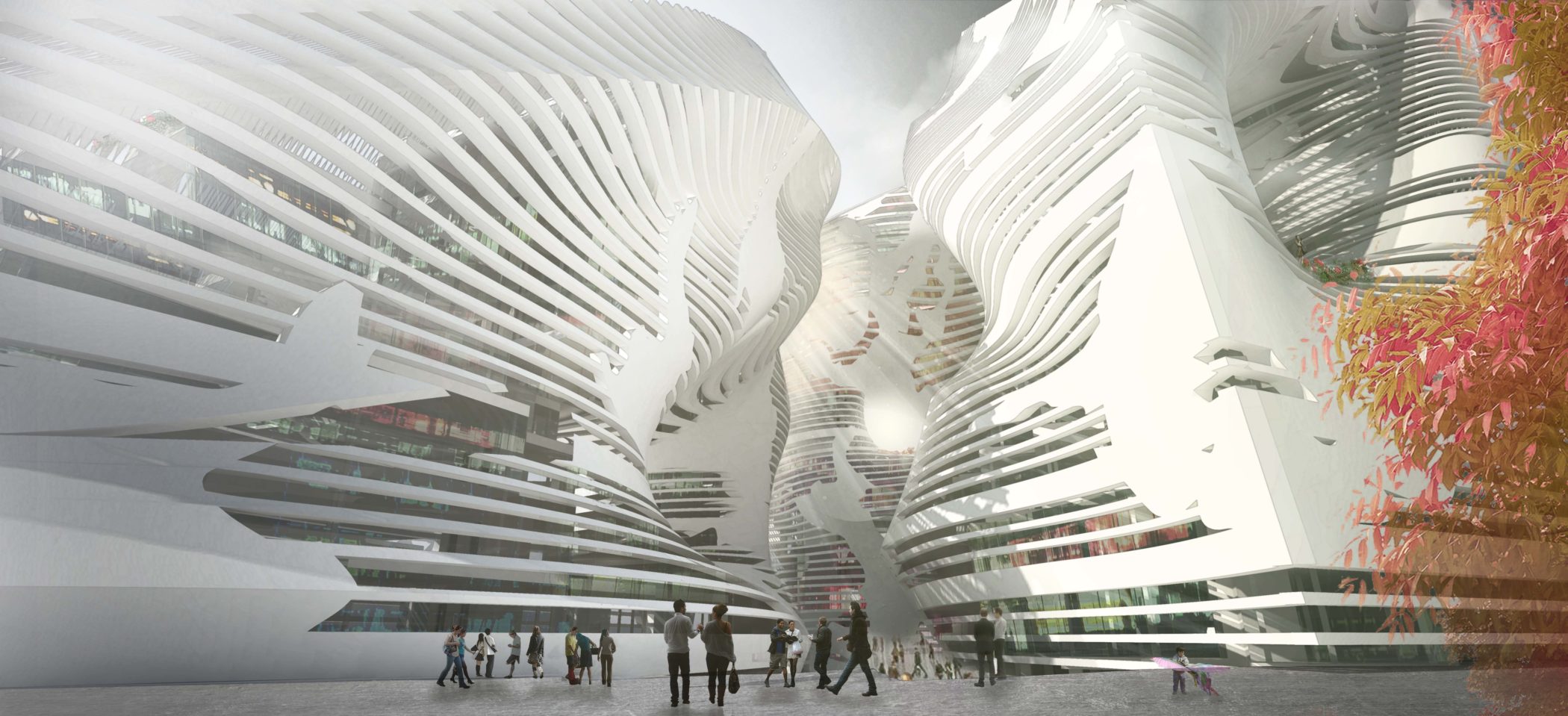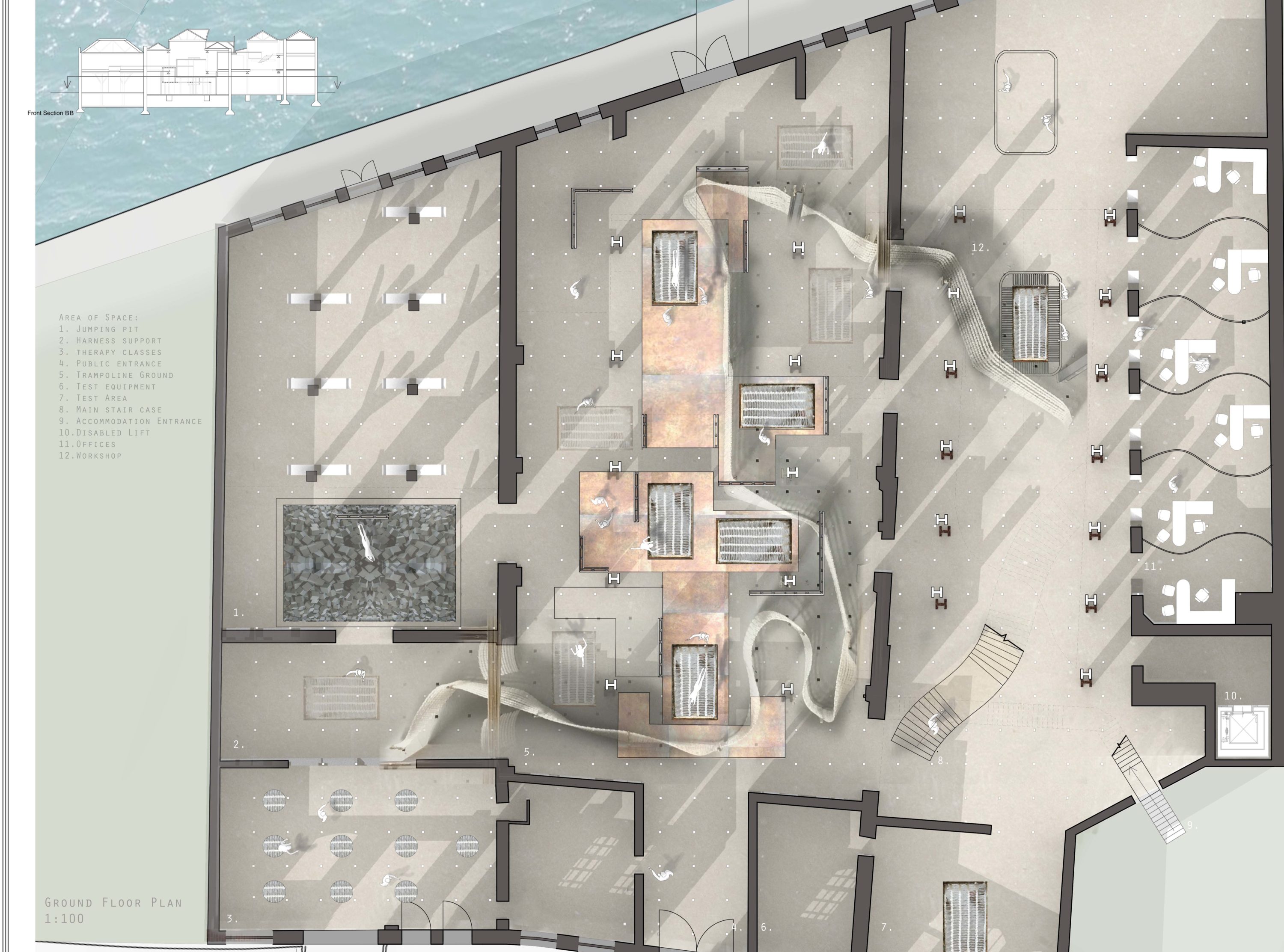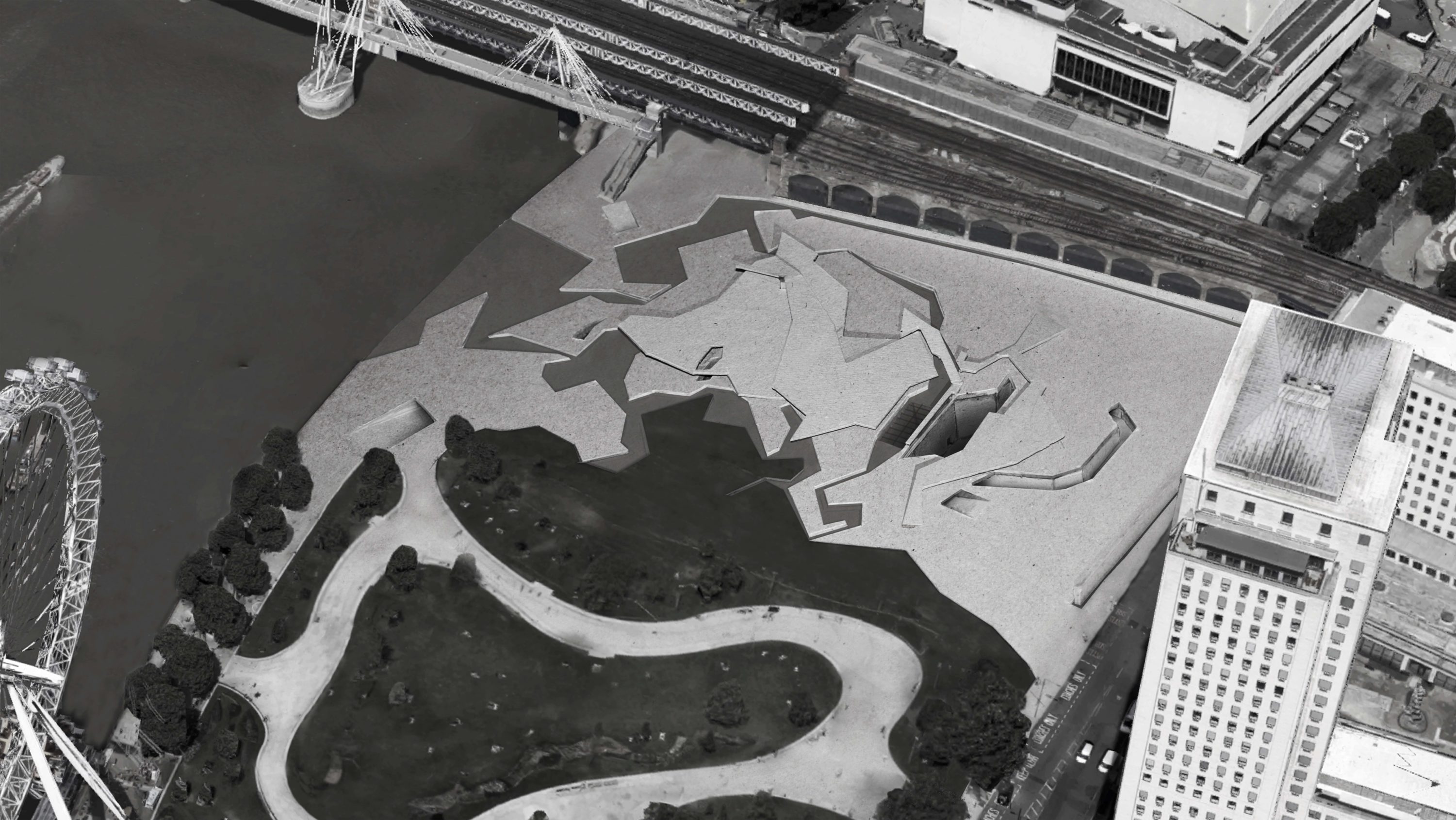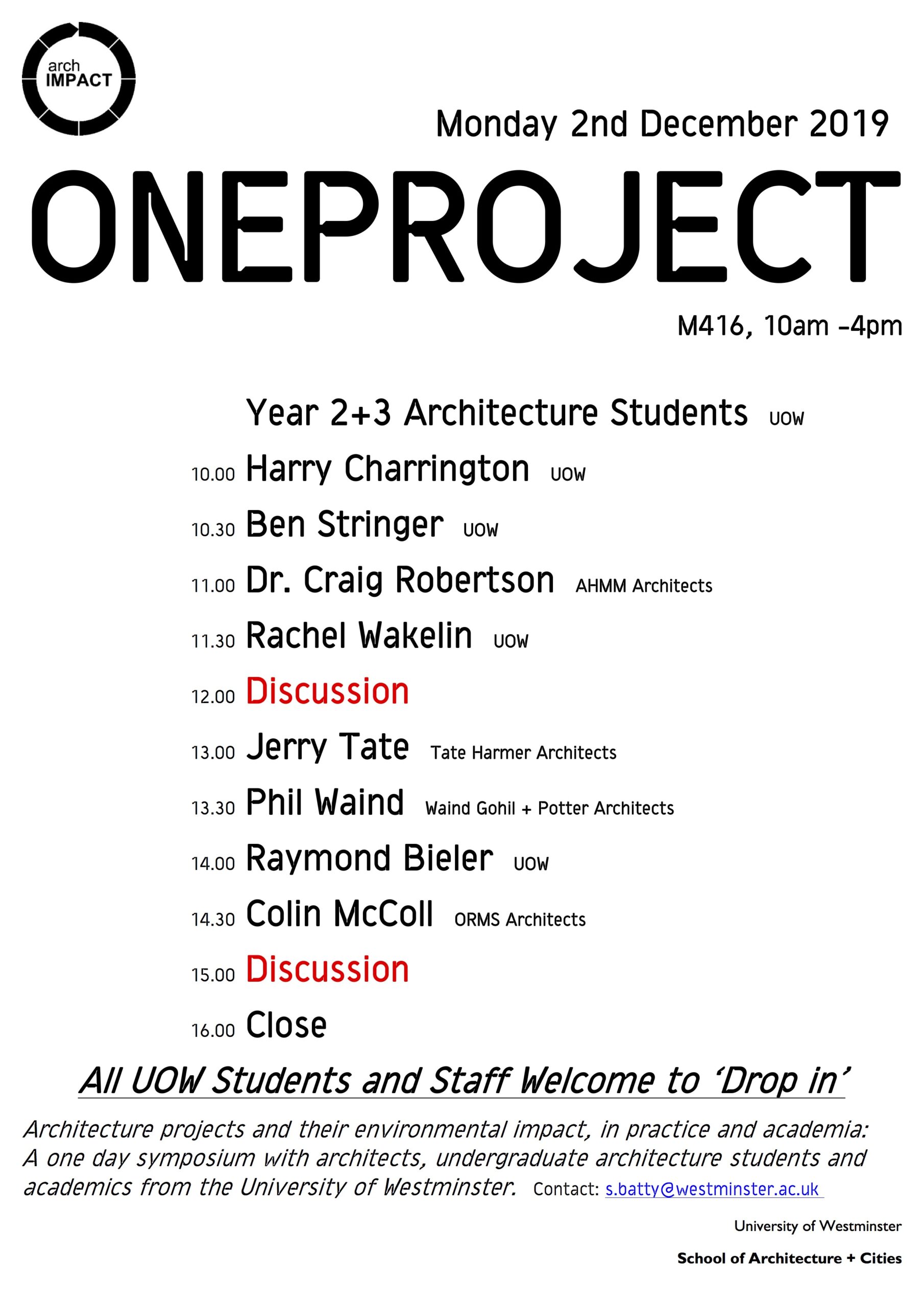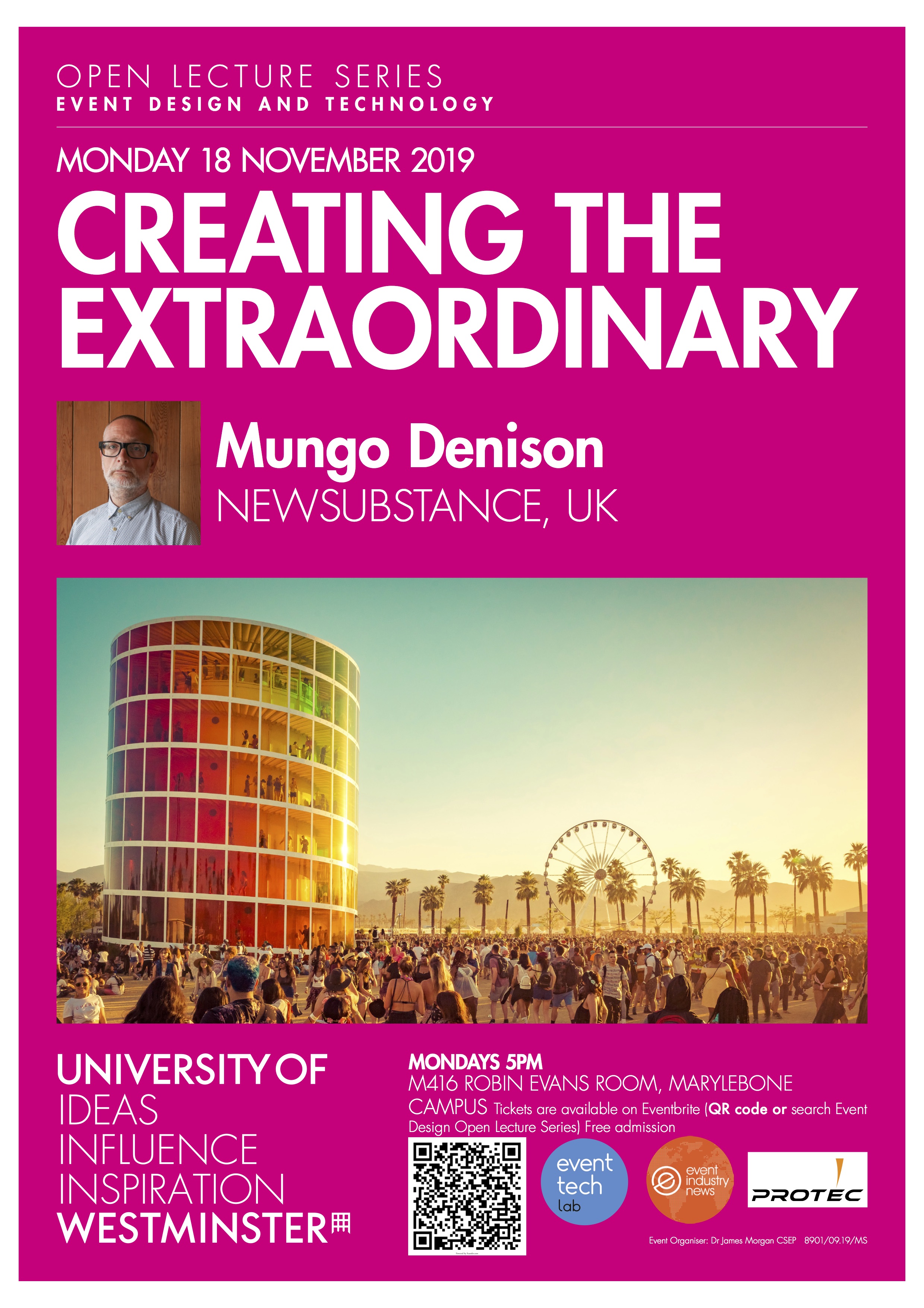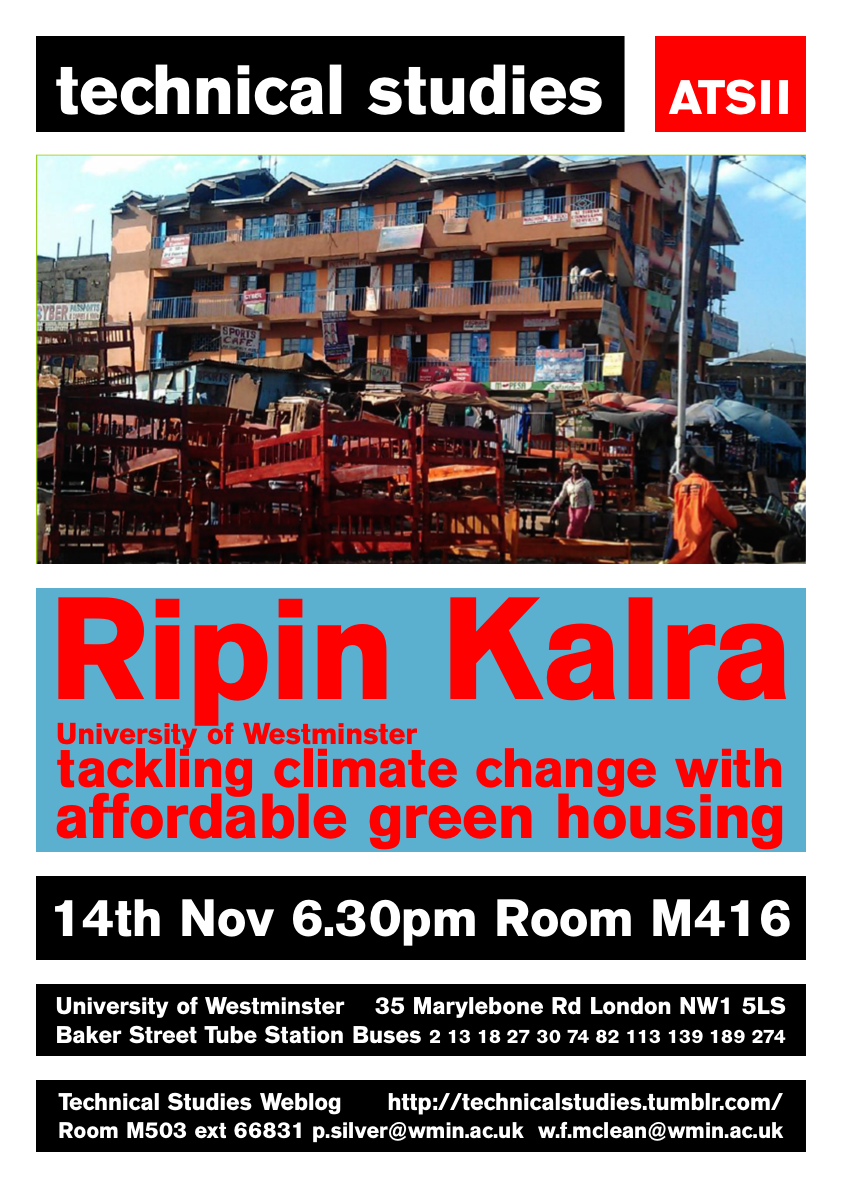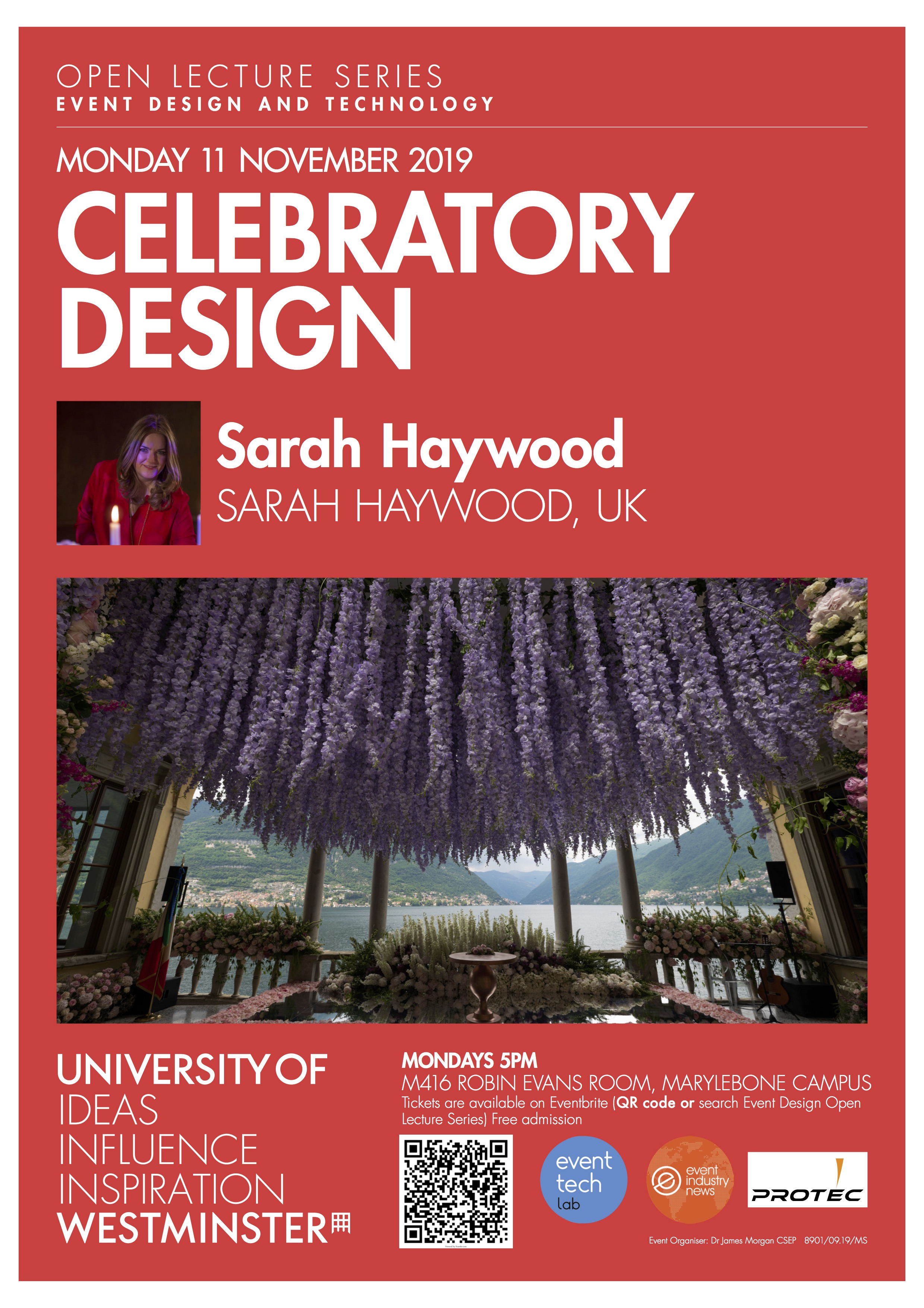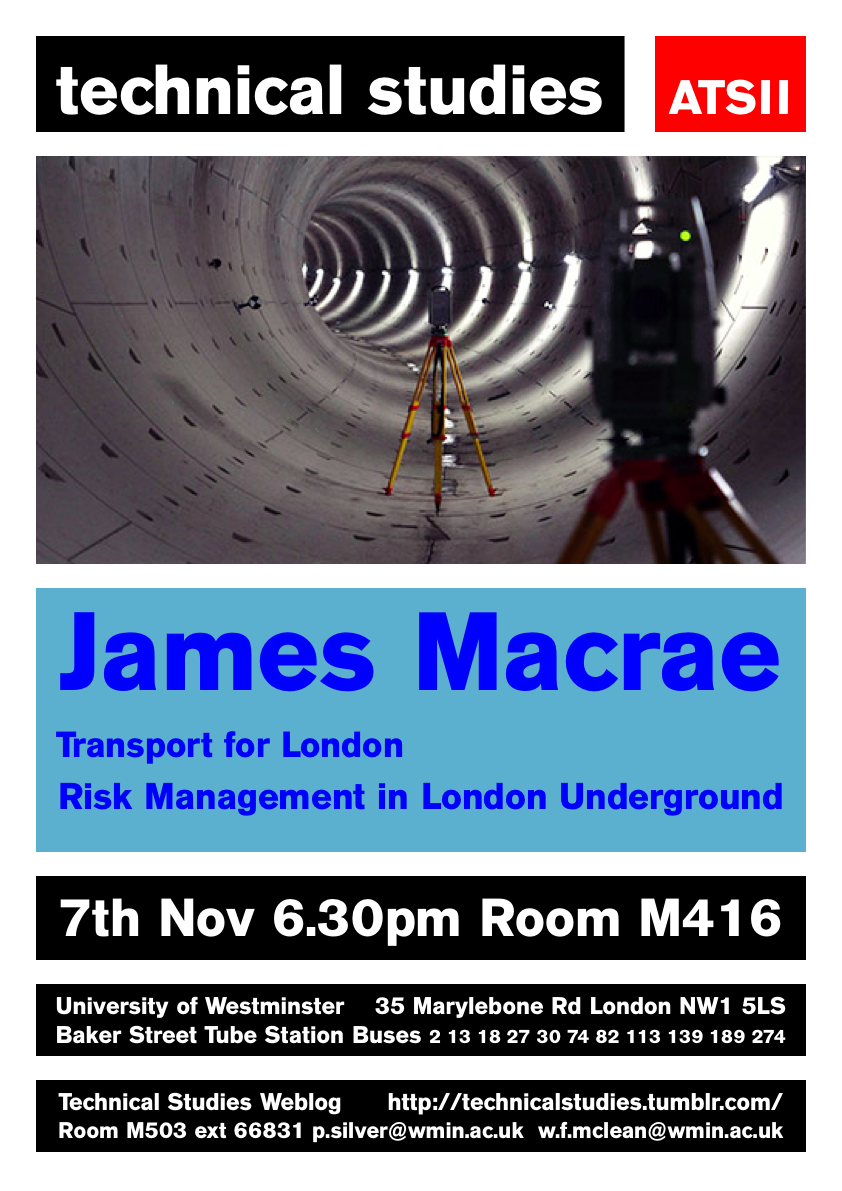When: 25 October 2019 to 24 November 2019
Where: Ambika P3, University of Westminster, Marylebone, London, NW1 5LS
Opening Hours: Wed-Sun 11am-7pm
Admission: FREE
The largest-ever exhibition devoted to menswear Invisible Men: An Anthology from the Westminster Menswear Archive is now open to the public and features a collection of previously unseen examples of Alexander McQueen’s early menswear.
Situated in a vast 14,000sq ft subterranean space opposite Madame Tussauds Invisible Men will showcase 167 garments from over 50 different designers, the vast majority of which have never been on public display before, including a section devoted to Alexander McQueen.
If tutors or course leaders would like to book for their class to visit the exhibition, please email mensweararchive@westminster.ac.uk
Professor Andrew Groves, the co-curator of Invisible Men, said:
We are thrilled to be able to display a selection of McQueen’s early menswear covering the years from 1997 to 1999 within the exhibition. There were no examples of McQueen’s menswear included in the V&A’s Savage Beauty exhibition, so this is the first chance for the public to see his early menswear designs. They will be able to study the exceptional tailoring skills that he learnt on Savile Row – these were the skills that informed the radical womenswear he was creating during the same period.
As well McQueen, the show also features the work of over 50 other designers covering sportswear, tailoring, uniforms and workwear and aims to redress the balance in fashion exhibitions that usually solely focus on displaying womenswear.
Drawn exclusively from the Westminster Menswear Archive the show explores the story of British menswear over the last 120 years, presenting designer garments alongside military, functional, and utilitarian outfits. It explores the design language of menswear, which predominately focuses on the replication of archetypal functional garments intended for specific industrial, technical or military use.
Contemporary designers featured include Craig Green, the current menswear Designer of the Year, and Samuel Ross, whose label A-COLD-WALL* won the BFC/GQ Designer Menswear Fund award in June.
Examples of menswear from British brand Burberry include a tailored evening tailcoat dating from 1925, and a Hi-Viz jacket from Christopher Bailey’s last Burberry collection in 2018, almost a century later.
A section devoted to wearable technology includes an example of the world’s first Graphene coated jacket and a solar-powered trenchcoat designed by Junya Watanabe. A section devoted to C.P. Company’s Urban Protection from the late 1990s includes garments that inflate, light up, detect toxic gas, or turn into chairs.
Also on display is a section devoted to Britain’s obsession to sportswear that includes garments from Gieves, Vivienne Westwood, Stella McCartney, Palace, Mr Fish, Stone Island, Umbro, Aitor Throup and BodyMap. The exhibition includes several items from Stone Island’s very first collection from 1982, an Italian brand that went on to become firmly established as a favourite of British football casuals in the 1980s.
Alongside the designer garments, there are examples of British workwear covering the last 100 years including prison uniforms, postman’s uniforms, a police taser suit, and military camouflage. These pieces highlight how influential utilitarian workwear and uniform have been in inspiring fashion designers to create new fashion.
Invisible Men is curated by Professor Andrew Groves and Dr Danielle Sprecher.
DESIGNERS IN THE EXHIBITION INCLUDE:
A Cold Wall*, Adidas, Aitor Throup, Alexander McQueen, Austin Reed , Belstaff, Bernhard Willhelm , Blades, BodyMap, Burberry, Burton, C.P. Company, Calvin Klein, Carol Christian Poell, Christian Dior, Comme Des Garcons, Craig Green, Dege & Skinner, Gieves, H&M, Harrods, Helmut Lang, Irvine Sellars, Issey Miyake, Jean-Paul Gaultier, Jeremy Scott, John Stephen, Junior Gaultier, Junya Watanabe, Left Hand, Levi’s, Lewis Leathers, Liam Hodges, Mackintosh, Martin Margiela, Massimo Osti, Meadham Kirchhoff, Michiko Koshino, Mr Fish, Nigel Cabourn, Palace, Paul Smith, Peter Saville, Prada, Sibling, Stella McCartney, Stone Island, Umbro, Undercover, Vexed Generation, Vivienne Westwood, Vollebak, Zegna Sport.

